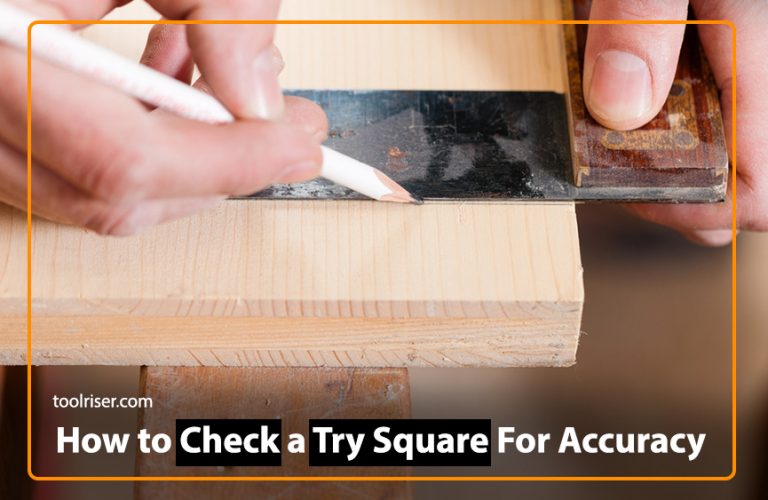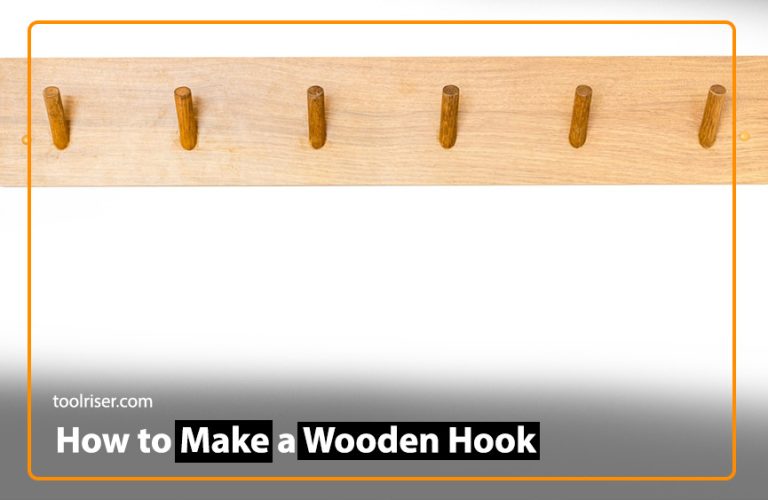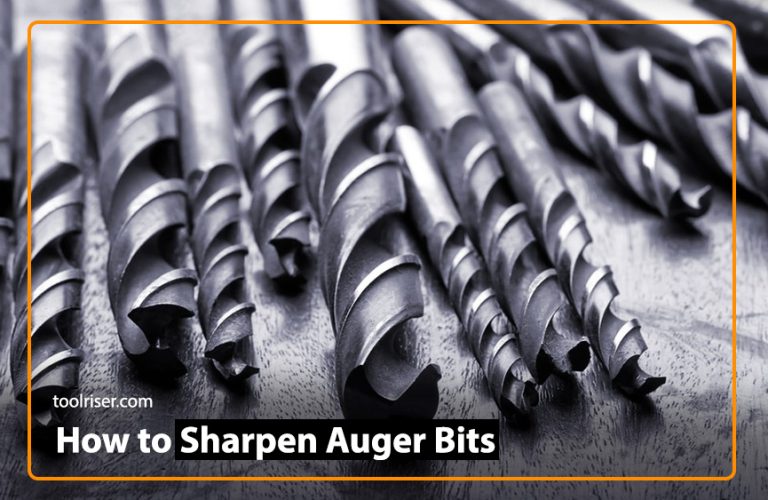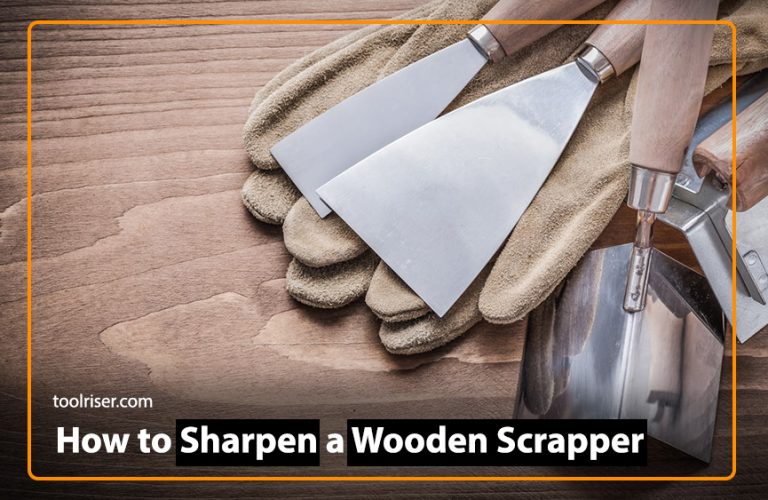How to Remove Rust From Woodworking Tools
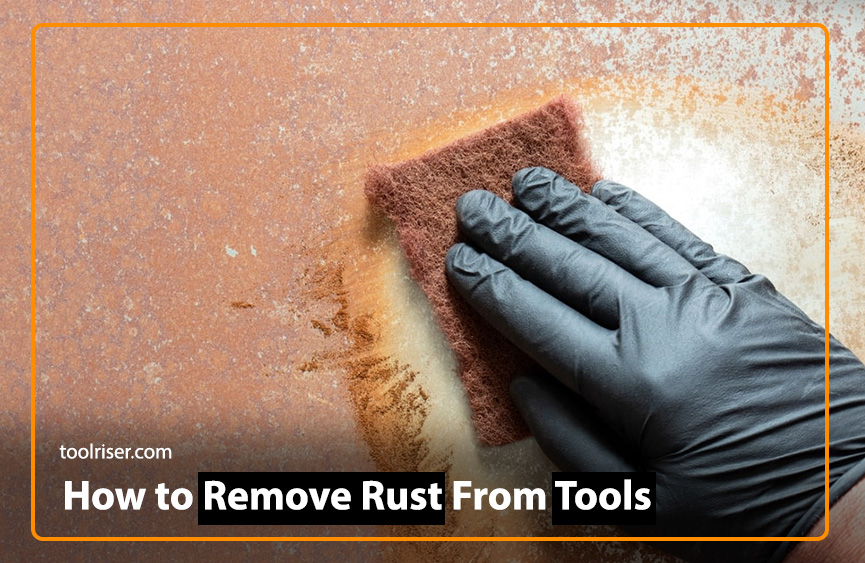
Rust is a real existing issue that can be a real headache for woodworkers. It not only damages the appearance of your beloved tools but also compromises their functionality. But the good news is that if your woodworking tools are rusted, then you can get rid of rust and make them shiny and useful again. In this guide, we’ll show you step-by-step instructions on how to remove rust from woodworking tools.
Introduction to Rust on Woodworking Tools
Rust, scientifically known as iron oxide, is a reddish-brown coating formed on iron and its alloys when exposed to moisture and oxygen for extended periods. Woodworking tools, primarily made of steel, are particularly susceptible to rust, given their frequent exposure to wood, moisture, and varying environmental conditions.
To effectively combat the issue of rust, it’s essential to understand its root causes. Factors such as humidity, moisture, improper storage, and contact with corrosive substances contribute to the formation of rust on woodworking tools.
Importance of Removing Rust from Woodworking Tools
Removing rust isn’t just about restoring the aesthetics of your tools; it’s crucial for maintaining their performance and longevity. Rust compromises the integrity of tools, leading to inefficiency and potential safety hazards during woodworking projects.
Tools and Materials Required
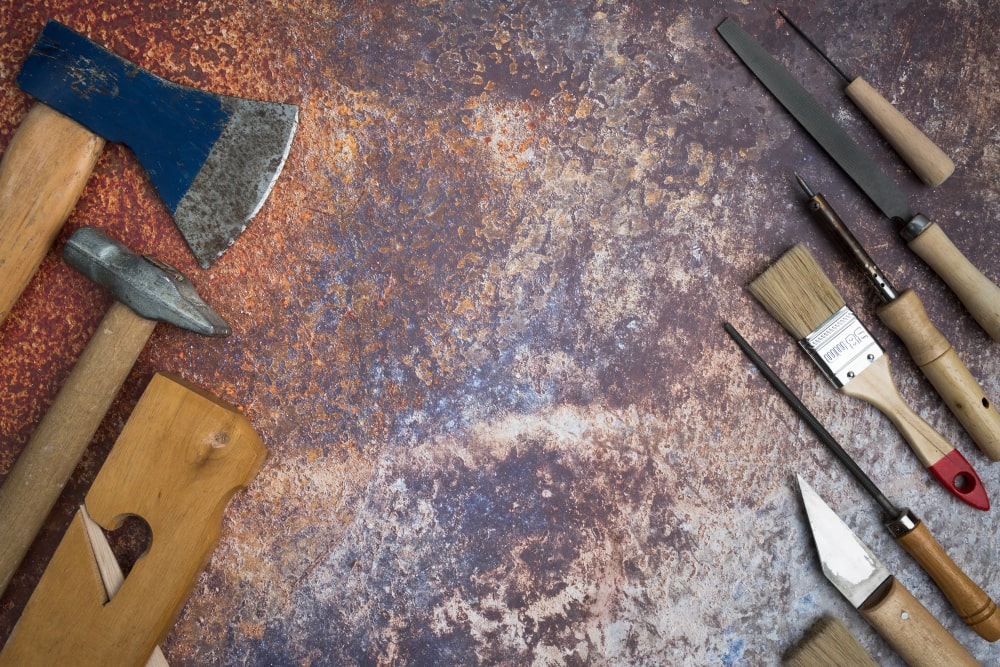
Before diving into rust removal, gather the necessary tools and materials. These tools include
- Rust remover solution or rust dissolver
- Steel wool or wire brush
- Sandpaper (medium and fine grit)
- Protective gloves
- Safety goggles
- Container or basin for soaking
- Clean cloth or rag
- Lubricating oil or rust inhibitor
- Optional: power tools such as a rotary tool with wire brush attachment
- Prepare a well-ventilated and adequately lit workspace for rust removal. Lay down a protective covering to prevent damage to surfaces and ensure easy cleanup post-process.
Different Types of Methods to Remove Rust
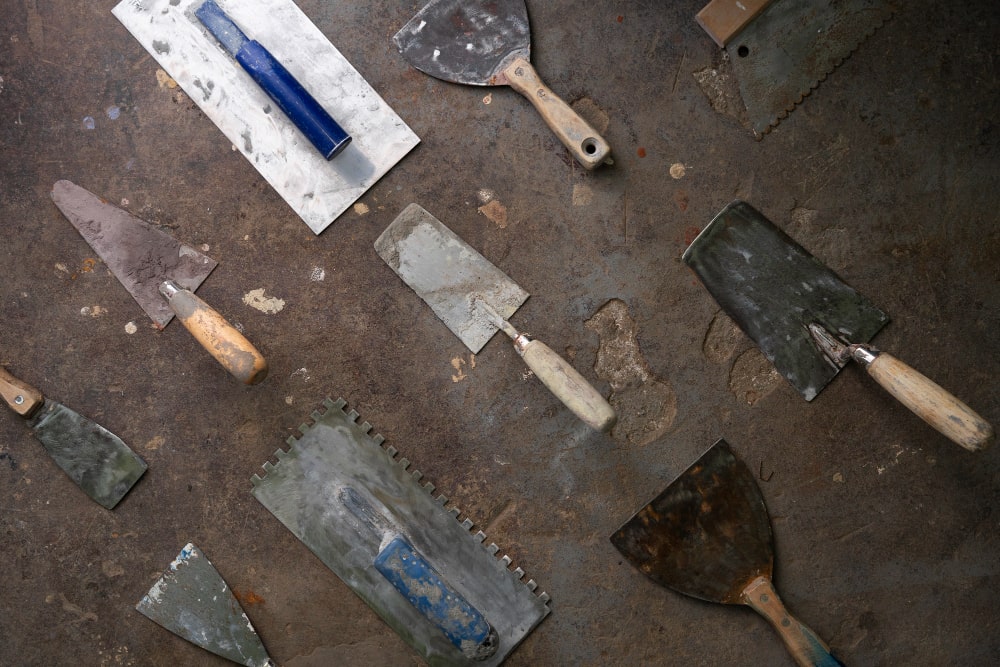
Mechanical Methods
Mechanical methods involve physically scraping or scrubbing off rust using abrasive materials like steel wool, sandpaper, or wire brushes. These methods are effective for light to moderate rusting.
Chemical Methods
Chemical methods utilize rust remover solutions or acidic substances to dissolve rust from the surface of tools. Follow safety precautions and manufacturer instructions when using chemical rust removers.
Natural Methods
Natural methods involve using household items like vinegar, lemon juice, or baking soda to create homemade rust removal solutions. While less aggressive, these methods can be effective for mild rusting.
Step-by-Step Guide to Removing Rust

Inspection
Inspect the extent of rusting on your woodworking tools to determine the appropriate removal method.
Cleaning
Thoroughly clean the tools to remove any dirt or debris that may interfere with the rust removal process.
Sanding
Use coarse grit sandpaper to sand away surface rust, gradually progressing to finer grit for a smooth finish.
Rust Removal Techniques
Choose the appropriate rust removal technique based on the severity of rusting, employing mechanical, chemical, or natural methods as necessary.
Final Polishing
Once the rust is removed, polish the tools with fine-grit sandpaper or steel wool to restore their shine.
Safety Precautions
Always prioritize safety when removing rust, wearing protective gear to prevent exposure to harmful chemicals and abrasive materials.
Preventing Rust Formation
Implement preventive measures such as proper tool storage, regular cleaning, and applying rust-inhibiting coatings to minimize the risk of rust formation.Maintain your woodworking tools regularly by keeping them clean, dry, and well-lubricated to prevent rusting and ensure optimal performance.
Also Read:- A Beginner’s Guide 2024: How to Cut Metal with a Hacksaw
Also Read:- What is a Try Square ? How to Check for Accuracy: A Complete Guide 2024
FAQs (Frequently Asked Questions)
1. How do I know if my woodworking tools have rust?
Ans. Look for reddish-brown discolouration or rough patches on the surface of your tools, indicating the presence of rust.
2. Can I use household items to remove rust from woodworking tools?
Ans. Yes, household items like vinegar or lemon juice can be effective natural rust removers for mild cases.
3. Is it safe to use chemical rust removers?
Ans. Chemical rust removers should be used with caution, following safety guidelines and manufacturer instructions to avoid accidents or injuries.
4. Can I prevent rust formation on woodworking tools?
Ans. Yes, proper storage, regular cleaning, and applying rust-inhibiting coatings can help prevent rust formation on woodworking tools.
5. How often should I maintain my woodworking tools to prevent rust?
Ans. Regular maintenance is key. Clean and lubricate your tools after each use and inspect them periodically for signs of rust.
Final Thoughts
In the field of woodworking, getting rid of rust is like defeating a tough opponent, making your tools as good as new again. As we say goodbye to rust and make our tools shine, let’s remember the hard work and determination that got us here. Like a skilled woodworker who restored an old plane, we can bring our tools back to life with patience. So, let’s take on this challenge with enthusiasm because each time we remove rust, we’re making our craft even better.

